When Massachusetts College of Liberal Arts (MCLA) junior Shelby Dempsey started a petition to bring food insecurity initiative Swipe Out Hunger to her campus this year, she was met with the blessing of a supportive administration at a school that “honestly cares,” she said. But she was also met with horror stories — recounts of MCLA years marked by constant food anxiety.
“The freshman 15 didn’t exist for them,” Dempsey said, referring to stereotypical weight gain due to meals of junk food and high carbs. “We have students here who rely on housing throughout the summer and winter breaks because they don’t have homes to go to, let alone money to pay for meal plans here.”

Dempsey is working at a time when 36 percent of college students report some form of food insecurity, according to research from the Wisconsin HOPE Lab, in operation at the University of Wisconsin–Madison until 2018. At MCLA, estimates point to a similar, but slightly lower rate — 33 to 34 percent, according to MCLA Center for Service and Citizenship director Spencer Moser. Still, Dempsey said she’s seen first hand the impact food insecurity has had on campus.
Swipe Out Hunger was born a decade ago at the University of California, Los Angeles under the leadership of Rachel Sumekh, who currently serves as the organization’s CEO.
“It was really her and a bunch of friends at UCLA that saw this great disparity between the students who had a lot of excess on their meal plans and then their friends who were didn’t have enough and were hungry by the end of the semester,” said Swipe Out Hunger communications director Tenille Metti Bowling. “And so they worked there with the student government with the campus administration to develop a program that allows the extra resources on campus to be redistributed in a sensible way.”
The student-centric nature of the program’s founding remains a constant: Swipe Out Hunger chapters are driven by students. At this point, chapters have risen across 114 campuses in 38 states, according to Bowling. MCLA looks to be the next.
At MCLA, a Tradition of Action
Dempsey and her peers came up with the idea to join Swipe Out Hunger under the mentorship of Moser, who teaches a capstone leadership class at MCLA that allows students to pursue specific interests. For one group of students, this means decorating masks to provide to the MCLA community. For another group, it’s the development of a campus mural walk. And for Dempsey and several others, it’s food insecurity.
“I kind of have found a passion for finding resources to help keep students fed,” said Dempsey, who has also worked in the MCLA food pantry. “We have so many students who donate food to the food pantry, so we wanted them to be able to donate meal swipes too.”
Moser said the school has been enthusiastic to support the initiative.
“All the key stakeholders — dining services, the Vice President of Student Affairs, you name it — have been on board,” Moser said. “If anything, people have been helping problem solve.”
Years ago, the same class produced the MCLA food pantry.
“You’re seeing a theme with these things,” Moser said. “Student-centric efforts. You have a group of students now interested in hunger who continue to advance the work that students did years and years ago to create the food pantry itself, and so we’re adding a new element to it. That’s a really neat story.”
MCLA students are also working to tackle food access issues from the food waste angle. Amanda Chilson, who runs the Berkshire Food Access Collaborative through the Northern Berkshire Community Coalition, said one of the three main priorities for food access in Northern Berkshire County is controlling food waste and putting excess food to good use in the community.
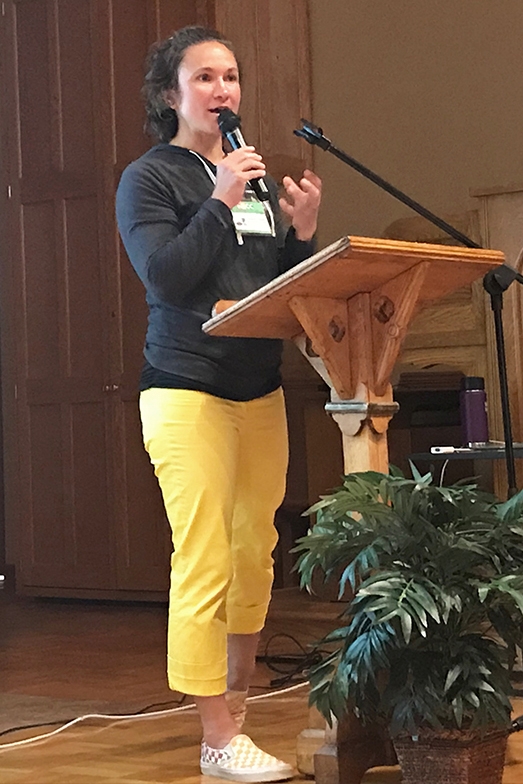
“I’ve worked with some MCLA students in different semesters to connect with food establishments, just to gather some baseline data as to what they’re doing with their pre- and post-consumer food waste,” Chilson said. “Right now, we’re in the process of gathering data, and starting to compile it, and from there figuring out how we can help with some of that low-hanging fruit.”
At MCLA, efforts to engage food waste including packaging excess food and storing it in the food pantry. A similar program exists at Williams College, where excess food is distributed to various locations around Northern Berkshire County.
Beyond the Berkshires
Thousands of miles away in Northfield, Minnesota, Swipe Out Hunger has had a home at Carleton College since 2017. In 2018, 9 percent of Carleton students reported “worrying about whether their food would run out before they got money to buy more.”
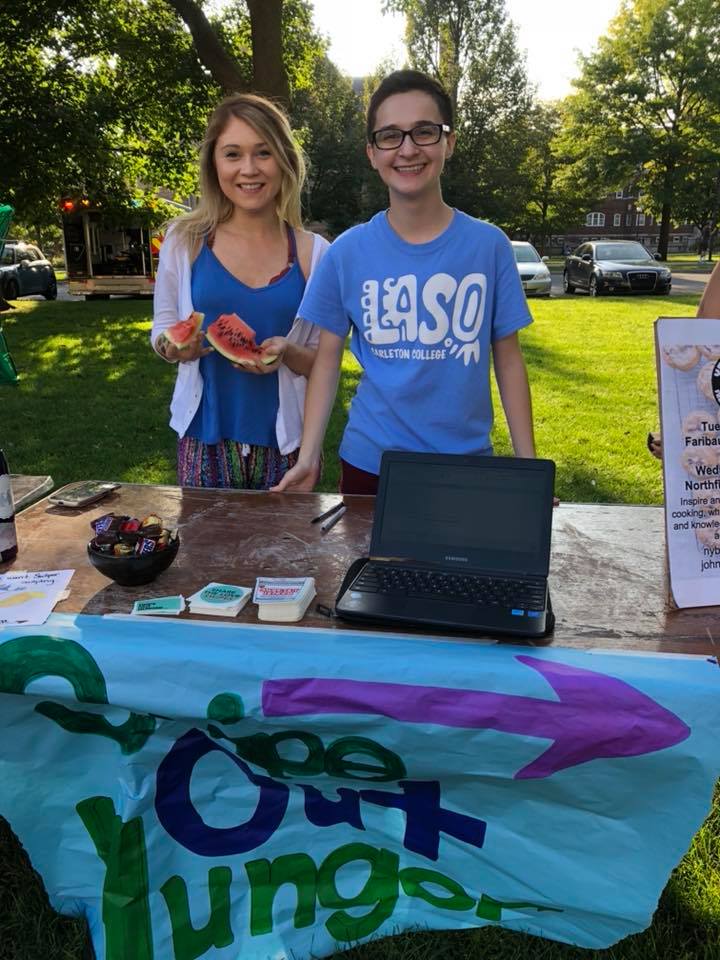
“Compared to the national average, it’s probably much less,” Carleton Swipe Out Hunger leader Andrew Farias said. “But one in ten students worrying about this can be pretty concerning. There’s definitely a need here.”
At Carleton, students are allowed to contribute one meal swipe per trimester, which is translated into a $2.20 donation. The funds are earmarked for students in need and are given to them in the form of meal vouchers. And according to Farias, the program has been a hit.
“In one of our first terms, we had about 236 meal swipes that were donated,” he said. “And last term, we had a record breaking 706. So we’ve almost tripled the number of meal swipes that students have donated.”
But the structure of the program at Carleton does raise some questions, Farias said. While the $2.20 donation is meaningful and has the opportunity to reach a large chunk of students when compounded across 706 swipes, it’s not necessarily what a Carleton meal is worth.
“In my opinion, it’s not that much. I would rather it be a full meal swipe,” he said. “Which you know, at Carleton here, a full meal swipe for dinner can be between 10 and 12 dollars if you were to calculate it out. There’s definitely room for improvement there.”
The equivalency issue is a reminder that from the perspective of dining service providers, too many donations has the potential to hurt profits.
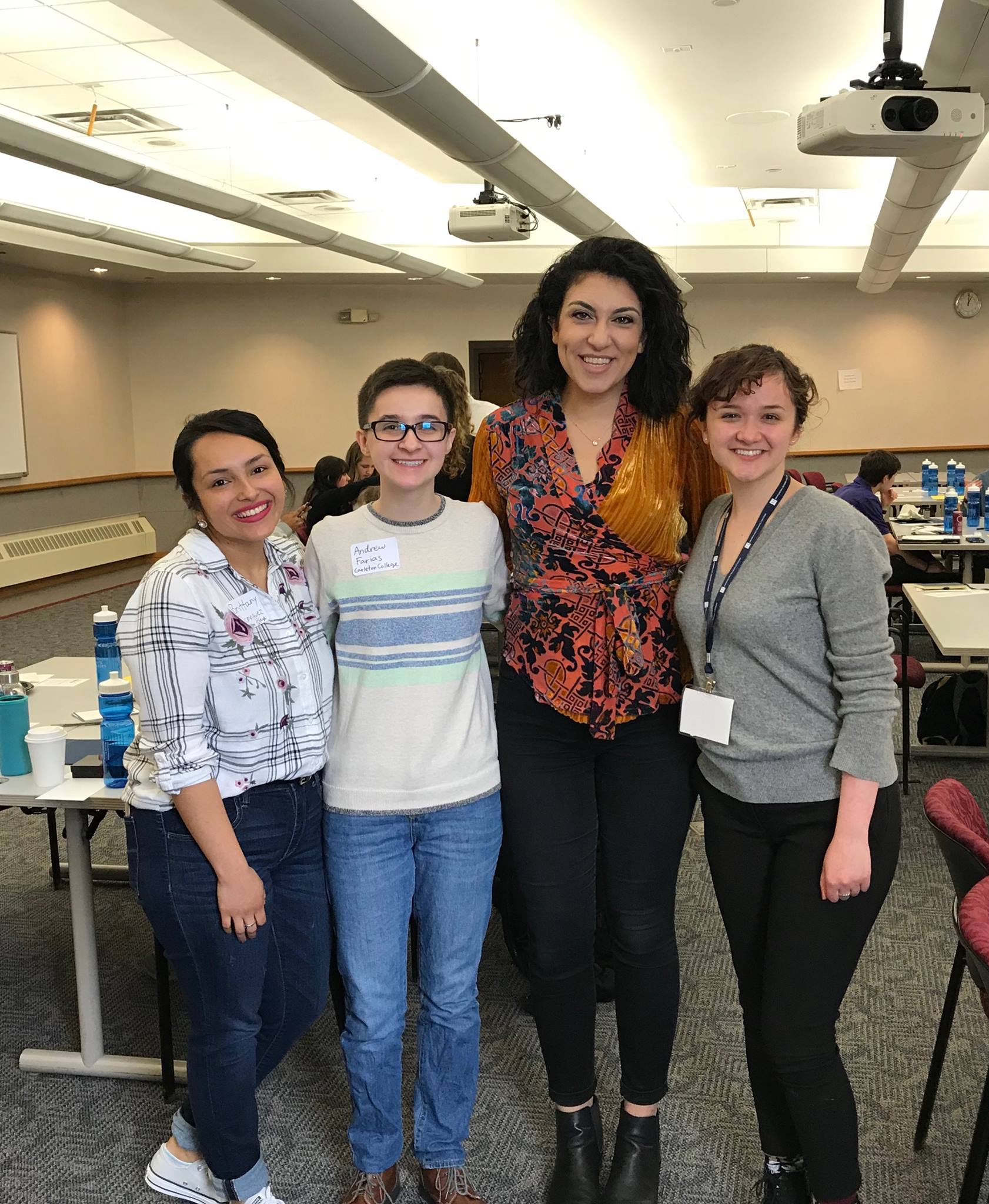
“We’ve heard many times from dining services, both corporate caterers and in-house dining services, that they’re concerned this sort of program could become unaffordable and/or cut deeply into their profits,” a representative from Swipe Out Hunger said. “We empathize with this concern, and we know that dining services have to have sustainable budgets.”
According to Swipe Out Hunger, partner schools haven’t had to raise expenses because of meal swipe programs.
Fighting Food Insecurity in the Time of COVID
In the heart of New York City, the Columbia University School of General Studies — a liberal arts college that is distinct from Columbia College and is designed for nontraditional students — faces an estimated 35 to 40 percent food insecurity rate, according to Michael Higgins, who directs the Food Pantry at Columbia.
“There is a significant portion of every school within the University that faces some level of food insecurity,” he said. “And now, you’re taking all those stresses and bundling them with that now you are trying to figure out how to manage not only your education, but potentially your household and even your childcare while you’re going to school remotely and while you’re trying to figure out how you’re going to get your next meal. So it’s very traumatic for individuals who already consider themselves food insecure.”
At the end of March, Congress’s CARES Act allocated over 6 billion dollars to be given directly to students for relief purposes, but how the dollars are used is up to schools. Swipe Out Hunger has launched a campaign to make sure that the funds are used effectively. Since the campaign’s launch, Swipe Out Hunger has engaged with 30 chapters.
“We really believe in equity, so making sure that students that are most in need have access,” Bowling said. “I know we’re really disappointed to see that the Department of Ed and Betsy DeVos had excluded students without a social security number from the distribution. We want to find ways that we can advise campuses to meet the needs of their students, given these sorts of restrictions.”
In the Berkshires, Chilson said there’s been a lot of work to do.
“Immediately, the community reached out to me,” she said. “MCLA reached out in the sense of having excess perishables. They had this food that they had planned for next month. So I work closely with them to get food out to families.”
Looking Forward
For schools engaged in Swipe Out Hunger, there’s always room to grow, students and representatives said. In addition to pushing for a higher equivalency rate, Farias said he hopes to gather more useful information.
“Unfortunately, we haven’t had the opportunity to ask students about their experience with being able to request these funds,” he said. “But that’s also something I’m looking forward to doing. I’m interested in learning more about the demographics, because then maybe we would be able to target more of our resources towards helping out a particular class year if they’re in need of assistance.”
And in some cases, chapters are looking at the possibility of changing the structure of their program. At Columbia for example, Swipe Out Hunger doesn’t function on a swipe-by-swipe basis; instead, the University makes a calculation about how much the swipe donations would generate and makes a donation to the food pantry, which can allocate funds to be used for students in need. But Higgins said that “more traditional swipe out hunger initiatives” forming within the University were not out of the question.
And as for Dempsey and the students at MCLA, they plan to launch the school’s Swipe Out Hunger initiative in the fall.
“You shouldn’t be embarrassed that these are your struggles,” Dempsey said. “Students are here to get an education, and they shouldn’t worry about where their next meal is coming from.”

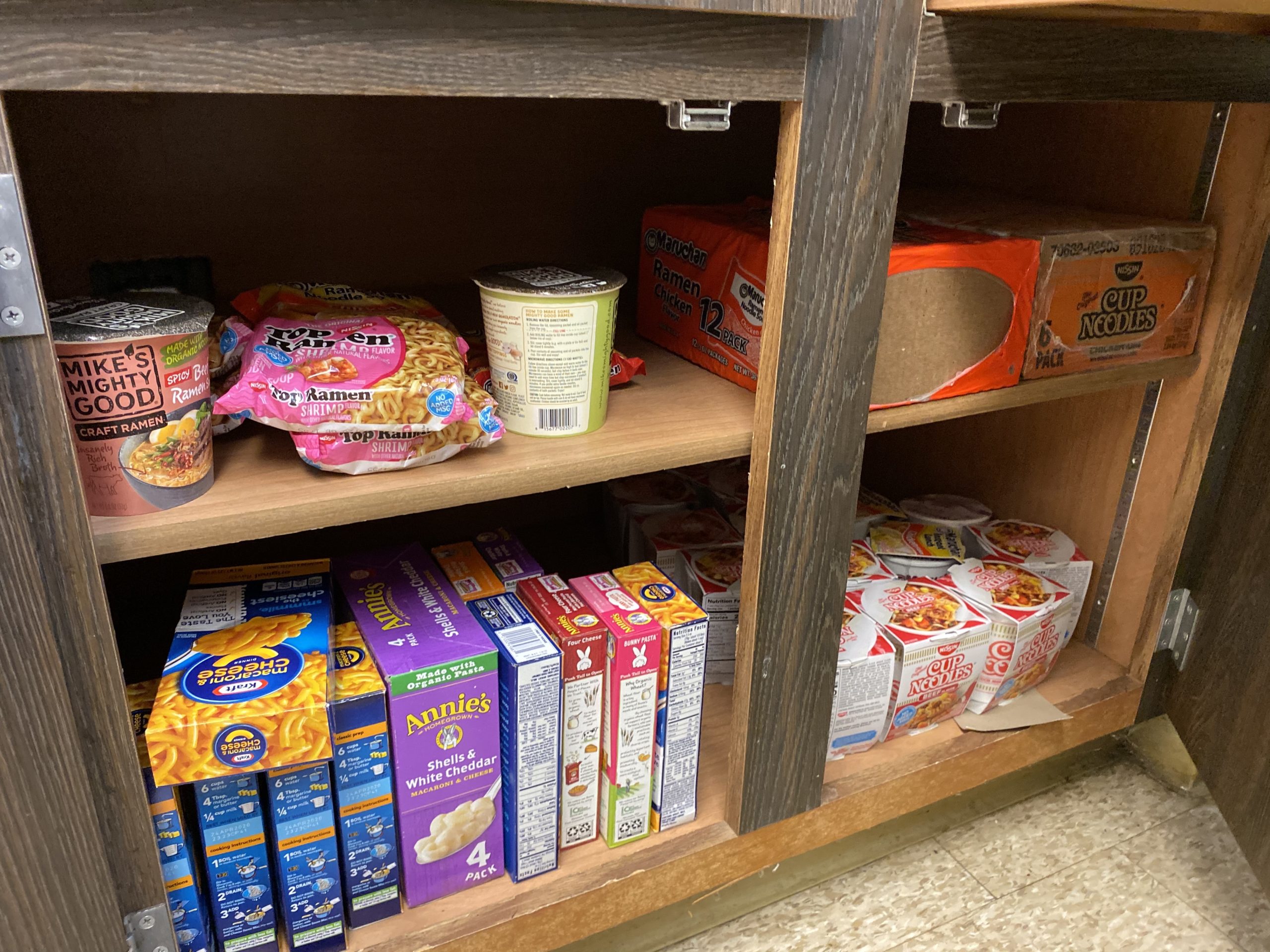





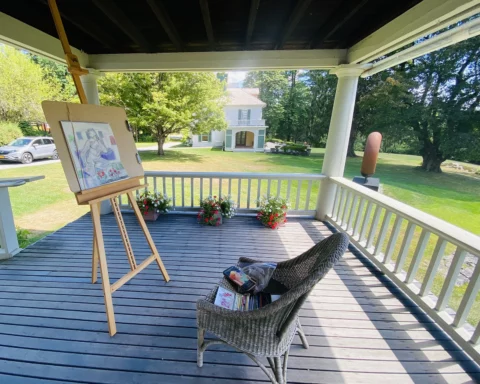










You must be logged in to post a comment.